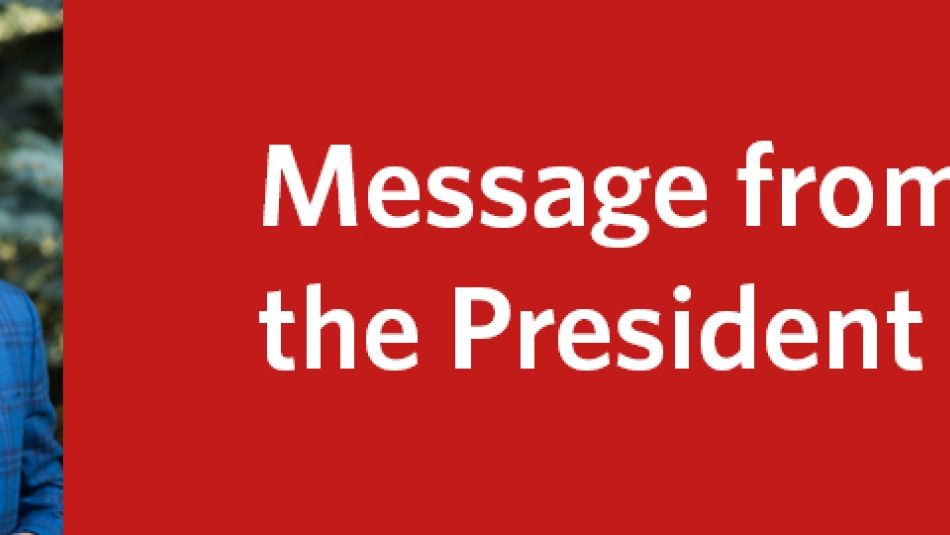
Share
By Jerry Dias, Unifor National President as published in The Star on September 13, 2020
The Trump administration announced in late July that 10 per cent tariffs on primary aluminum imports from Canada would be levied once again, heeding the demands of a small group of industry insiders calling themselves the American Primary Aluminum Association (APAA).
The APAA knows that there are reasonable explanations for the increase in Canadian primary aluminum imports into the United States. For one, aluminum smelters cannot simply switch their production off at a moment’s notice. After the American automotive industry paused operations in March due to the COVID-19 pandemic, Canadian producers temporarily switched to primary aluminum exports.
But as economic conditions improved, Canadian exports of P1020 aluminum to the U.S. dropped by 40 per cent over June and July. Whatever spike in Canadian exports was a blip on the radar.
The APAA also knows that the real danger to the aluminum industry in both countries has been surging volumes of offshore aluminum from China and Russia, which have been granted billions of dollars in tariff exemptions by the U.S. and which have been allowed to sneak their aluminum products in through the backdoor via Mexico.
Finally, the APAA’s insinuations that the Canadian aluminum industry is somehow subsidized by the government are simply unfounded. In fact, the opposite is true: two American aluminum producers behind the APAA are intent on having the U.S. government subsidize their failing business models through these tariffs.
The APAA was founded in 2018 Century Aluminum Co. and Magnitude 7 LLC. Century and their CEO Mike Bless have taken the lead in pushing the Trump administration to re-impose tariffs on Canada. According to public records, Century has spent $419,000 in 2020 alone employing seven influential Washington lobbyists with direct White House connections to remove Canada’s Section 232 tariffs exemption.
It doesn’t take too much digging to understand why. Century has lost money for nine years running and is currently sitting on a mountain of debt – approximately $375 million worth, with only $174 million in cash reserves.
By reimposing aluminum tariffs on Canada, the Trump administration is throwing good money after bad and subsidizing a company that is doomed to fail, ultimately at the expense of the American consumer.
Behind the APAA stands Glencore Plc, one of the largest commodity traders in the world with international headquarters in Switzerland and a 47 per cent stake in Century Aluminum.
While not an aluminum manufacturer, Glencore is a major player in global aluminum trading and arbitrage and recently struck a deal with Russian aluminum producer Rusal to purchase up to $16.3 billion in aluminum.
Glencore is also no stranger to controversy – it is currently under investigation in the U.S., U.K., and Switzerland for suspicions of bribery, facilitating corruption and money laundering linked to its operations in the Democratic Republic of Congo, Nigeria and Venezuela.
For both Century and Glencore, re-imposing tariffs on Canada presents an obvious route to increasing regional prices in North America. By starving the U.S. of a reliable supply of aluminum from Canada, prices will invariably increase allowing regional traders who are sitting on stockpiles of the metal to profit.
Ironically, more layoffs are probably in store for the U.S. than if Century and Magnitude 7 were simply left to fend for themselves. American manufacturers downstream will be forced to cut their workforce to adjust to declining profit margins and 86 per cent of the 58,000 workers in the American aluminum sector are involved in processing.
Left with no choice, the Canadian government also announced that it will impose $3.6 billion worth of retaliatory tariffs on U.S. aluminum products, which will further hurt American manufacturing at a critical moment during their economic recovery from the COVID-19 crisis.
The return of a costly and senseless trade war between Canada and the United States will ultimately hurt Canadians and Americans alike without producing any economic benefit for either country. The tariffs must end now.


